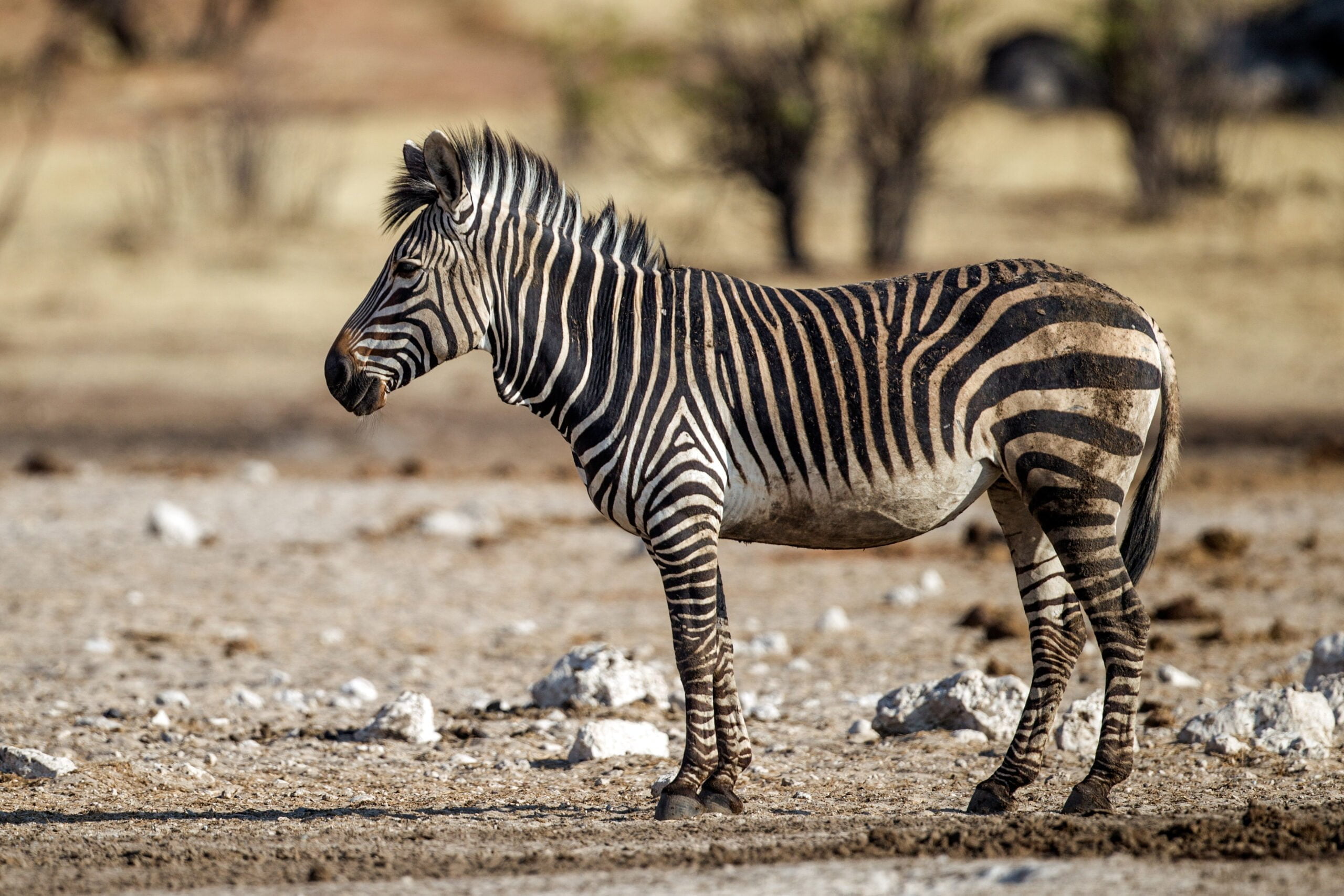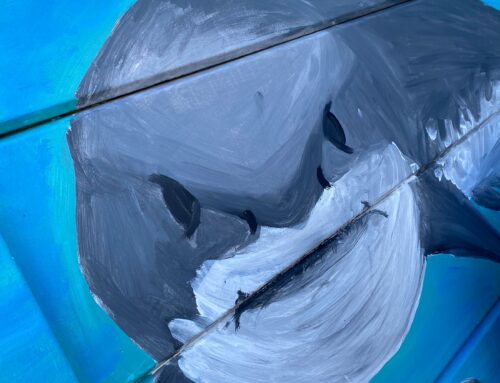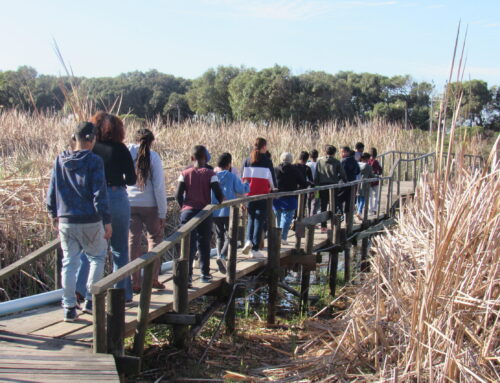Did you know there is a special day dedicated to celebrating Zebras? Let’s spread the word!
These iconic striped equines are native to our African mainland and are closely related to horses and donkeys. They are herbivorous mammals from the Equus genus with only 3 living species left, and their black and white striped patterns are as unique as human fingerprints!
The Grevy’s Zebra (Equus grevyi) are the largest and can be distinguished by their narrower stripes and more prominent ears. They are found in Ethiopia and the Northern parts of Kenya, where they are sadly endangered due to illegal hunting for their skins and meat. Over the last three decades, their population has declined by 54 %, with only about 2 000 adults left in the wild.
The Mountain Zebra (Equus zebra) is easily characterised by the absence of stripes on the underbelly. They also have a dewlap, a flap of skin on the throat, which is more visible in males. They’re found throughout the Eastern and Western Cape but are listed as vulnerable due to habitat loss. The Hartmann’s Zebra is a subspecies occurring in SW Angola, Namibia, and the Northern Cape of South Africa, and their status is endangered. Whereas the subspecies Cape Mountain Zebra (Equus zebra zebra) is also threatened but is found in the mountainous areas of Western and Eastern Cape of South Africa. Hybridisation between the Cape Mountain Zebra and the Hartmann’s Mountain Zebra is one of this species’ most significant threats. Conservation efforts to stabilize the population have been implemented through the Cape Mountain Zebra Project.
The Plains Zebra (Equus quagga) is the smallest and most abundant of the three. Recognizable by the horizontal stripes that run towards the rump. They inhabit the grasslands of Eastern and Southern Africa and are near threatened, resulting in human development causing, habitat loss and illegal hunting.
We can see a trend in the cause of these species being listed on the IUCN Red List of Threatened Species. Sadly, their population decline results from humans changing the landscape and hunting them out for their skins and meat. If we do not change our ways, we will see the extinction of another zebra species, as we did with the Quagga (Equus quagga quagga). These zebra were known to roam the plains of South Africa, but the last wild Quagga went extinct in the 1870’s due to large-scale hunting.
The reality is that the vast majority of animals, and even more so the large mammals on earth, are in a decline due to negative human impacts on the earth. Nature Connect believes that everyone can be positive stewards of nature. We strive to encourage awareness of the impact we are having on the planet, and we actively learn about how to lighten our footprint. We encourage you to become ambassadors for threatened wildlife.
What we can do to conserve Zebras!
- Raise awareness for zebras by sharing this information on your social media on #Internationalzebraday/#Dayofthezebra
- Celebrate International Zebra Day by dressing up in black and white.
- Donate to organisations dedicated to the welfare of zebras
- Designate wildlife corridors to create safe migration routes
- Restore habitat and set up processes to reduce human conflict
- Download a digital environmental calendar to celebrate special environmentally-focused days
- Visit Mountain Zebra National Park known for saving the Cape Mountain Zebra
*Fun Facts
-Zebras can sleep standing up!
-Their stripes camouflage them against their habitat when standing still, and it confuses flies trying to land a bite!
Written by Fayruz Prins, Assistant Conservation Officer, Kenilworth Racecourse Conservation Area









